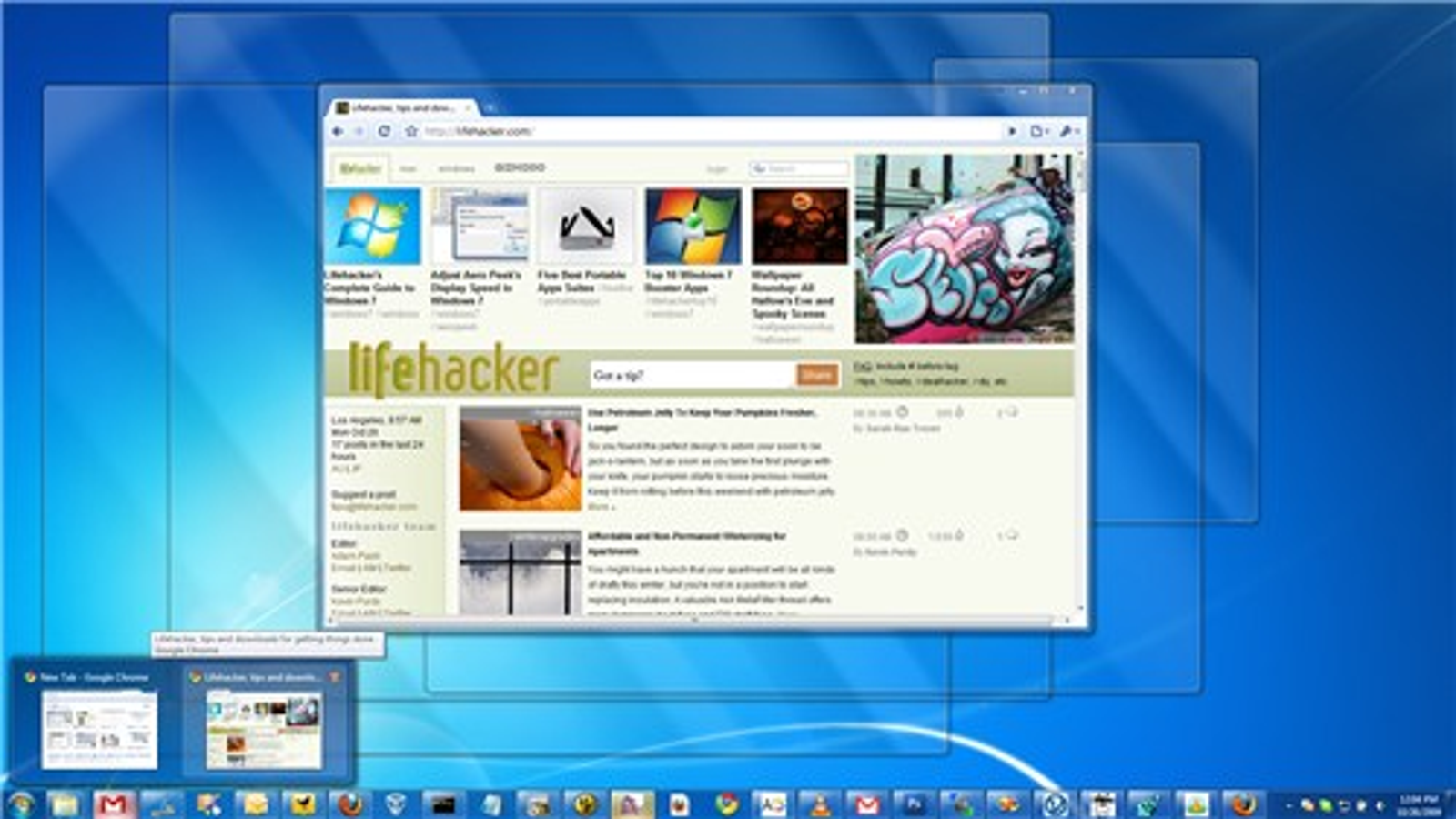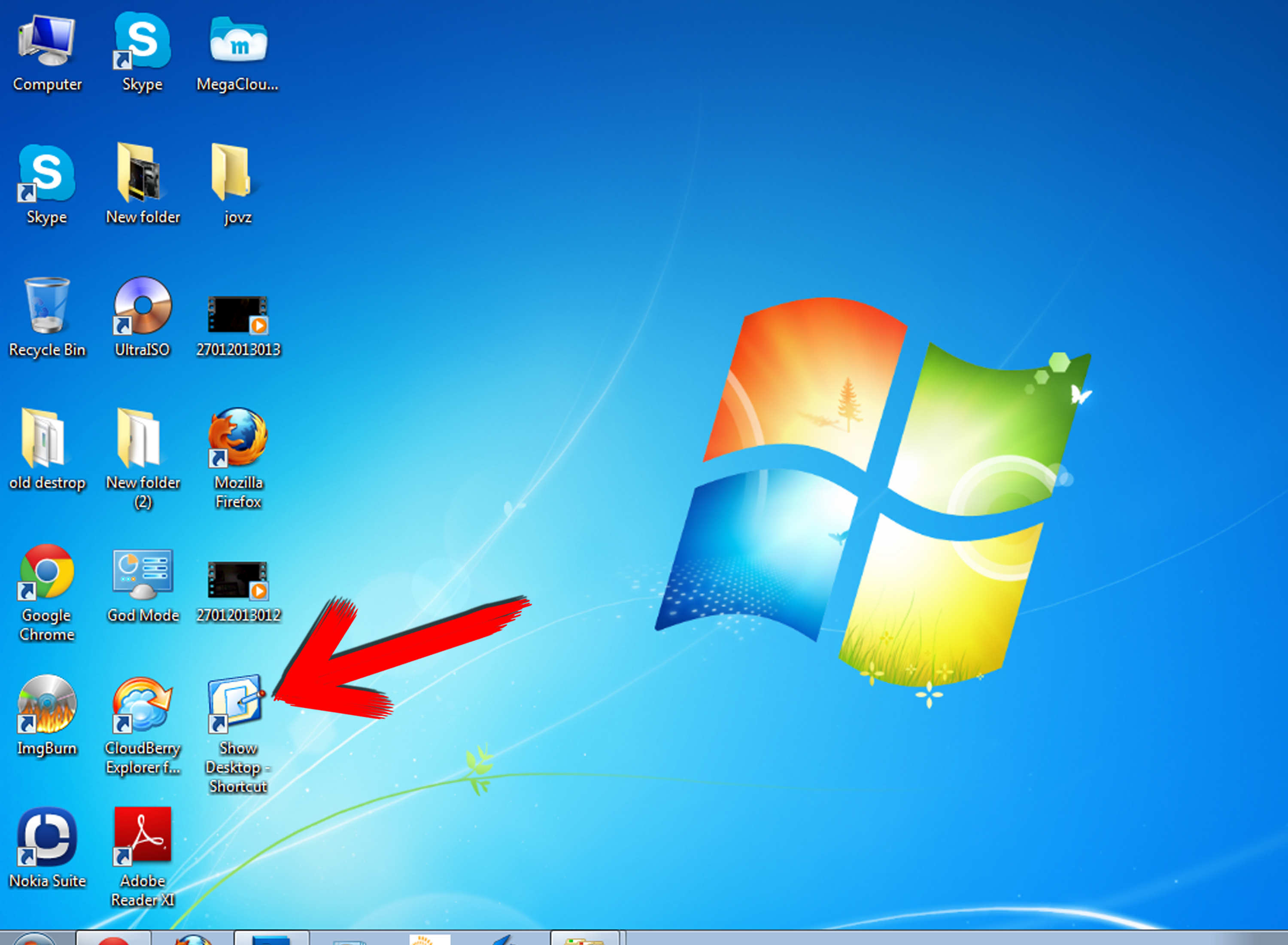

Clicking the icon causes the app to launch. For example, the user may pin applications to the taskbar, which results in a pinned icon on the taskbar but the application is not running. The biggest thing to notice is that the taskbar also contains icons for applications that are not currently running.
WINDOWS 7 SHORTCUT BAR DOWNLOAD WINDOWS 7
Taskbar buttons provide the gateway to access the functionality of the new Windows 7 taskbar. But how can developers leverage the new functionality that the Windows 7 taskbar has to offer? How do the underlying mechanisms work together to enable the best user experience? In this article, we will explore the new features and underlying functionality of the Windows 7 taskbar, supported with examples in native and managed code. Large taskbar buttons, visual clarity, and sleekness of design dominate users experience once they are logged on to Windows 7.

Easy to control, where switching between applications and windows and arranging windows are made easy and manageable.This helps keep those applications and data that you use all the time right at your fingertips. Single launch surface for frequent programs and destinations.The design goals of the Windows 7 taskbar are to bring control back to the user and to minimize confusion, by supporting the following principles: As far as user interface design is concerned, to prevent user confusion it's often better to have only one way to accomplish a task.

(Note that the 1.0 taskbar bears more resemblance to the Windows 7 taskbar than to the Windows Vista taskbar.)Īnalysis from a number of user sessions during recent years has shown that having an abundance of launch surfaces (those areas dedicated to launch programs) does not necessarily make the user's work any easier. It represents a design and architectural change with regard to user experience, and offers significant improvements in user productivity.
WINDOWS 7 SHORTCUT BAR DOWNLOAD SERIES
The Windows 7 taskbar is the latest in a series of evolutionary taskbar designs that started with Windows 1.0. This article is based on a prerelease version of Windows 7.


 0 kommentar(er)
0 kommentar(er)
